1. Life and Background
Jože Plečnik's life journey, from his humble beginnings to becoming a renowned architect, was marked by a deep dedication to his craft and a unique vision that left an indelible mark on Central European cities.
1.1. Childhood and Education
Plečnik was born in Ljubljana, then part of the Austro-Hungarian Empire and present-day Slovenia. His father, Andreas Plečnik, was a carpenter from Hotedršica, and his mother was Helena (née Molka) from Ljubljana. He was baptized Josef Plečnik. He initially followed in his father's footsteps, training in woodworking during primary school, a skill that later proved useful in Vienna where he worked for two years as a furniture designer and supervisor. As a teenager, he attended a vocational school before being sent to a technical school in Graz, where he found his first mentor, Léopold Theyer.
1.2. Early Career and Vienna Activities
After his father's death in 1892, Plečnik moved to Vienna. From 1894 to 1897, he studied under the renowned Viennese architect and educator Otto Wagner, subsequently working in Wagner's architectural office until 1900. During this period, he became associated with the Vienna Secession movement. He gained independence in 1900 and continued to practice in Vienna until 1910. It was during this time that he designed the Langer House (1900) and the Zacherlhaus (1903-1905). The Zacherlhaus was particularly notable for its innovative use of reinforced concrete columns on the ground floor and mezzanine, a practice considered pioneering and somewhat risky at the time. His exploration of reinforced concrete continued with his design for the Church of the Holy Spirit (1910-1913), which is remarkable for its use of poured-in-place concrete as both structure and exterior surface, as well as its abstracted classical form language. The church's crypt, with its slender concrete columns and angular, cubist capitals and bases, showcased his radical approach. Plečnik's dedication to his profession was so profound that when a woman friend proposed marriage, he famously replied, "I am already married to my architecture."
2. Architectural Activities
Jože Plečnik's architectural career spanned several distinct periods and geographical locations, each marked by significant contributions to urban development and architectural innovation. His work consistently demonstrated a unique blend of historical reverence and modernist experimentation, profoundly shaping the built environments of Vienna, Prague, and Ljubljana.
2.1. Vienna Period
After gaining independence in 1900, Plečnik remained active in Vienna until 1910. During this period, he undertook significant commissions that showcased his innovative use of materials and distinctive style. Key projects included the Langer House (1900) and the Zacherlhaus (1903-1905). The Zacherlhaus, in particular, stood out for its pioneering use of reinforced concrete columns on its lower floors, a bold choice for the era. His work on the Church of the Holy Spirit (1910-1913) further exemplified his innovative approach, utilizing poured-in-place concrete for both structural and aesthetic purposes, and featuring an abstracted classical form language. The church's crypt, with its slender concrete columns and angular, cubist-influenced capitals and bases, represented a radical departure in design.
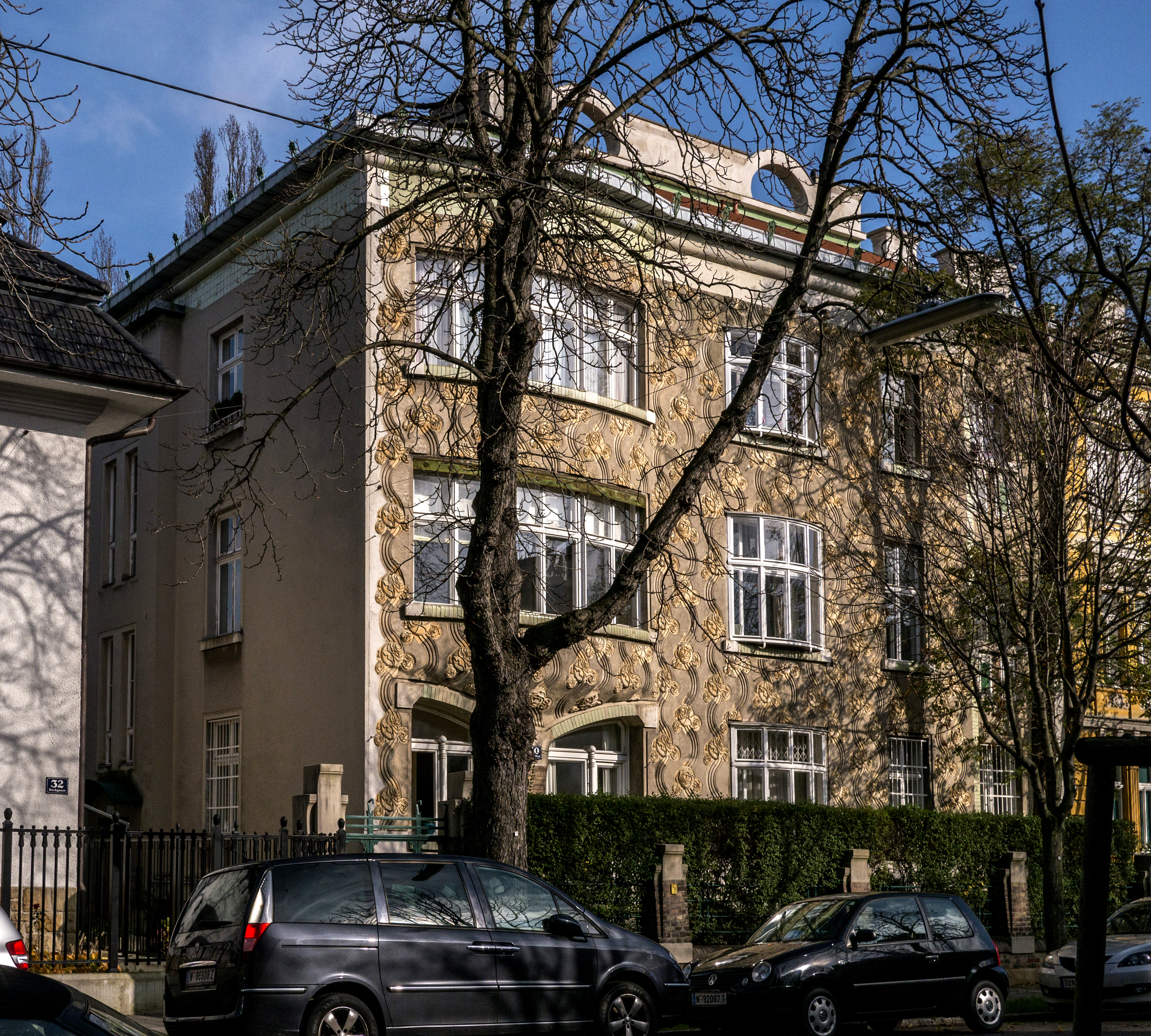
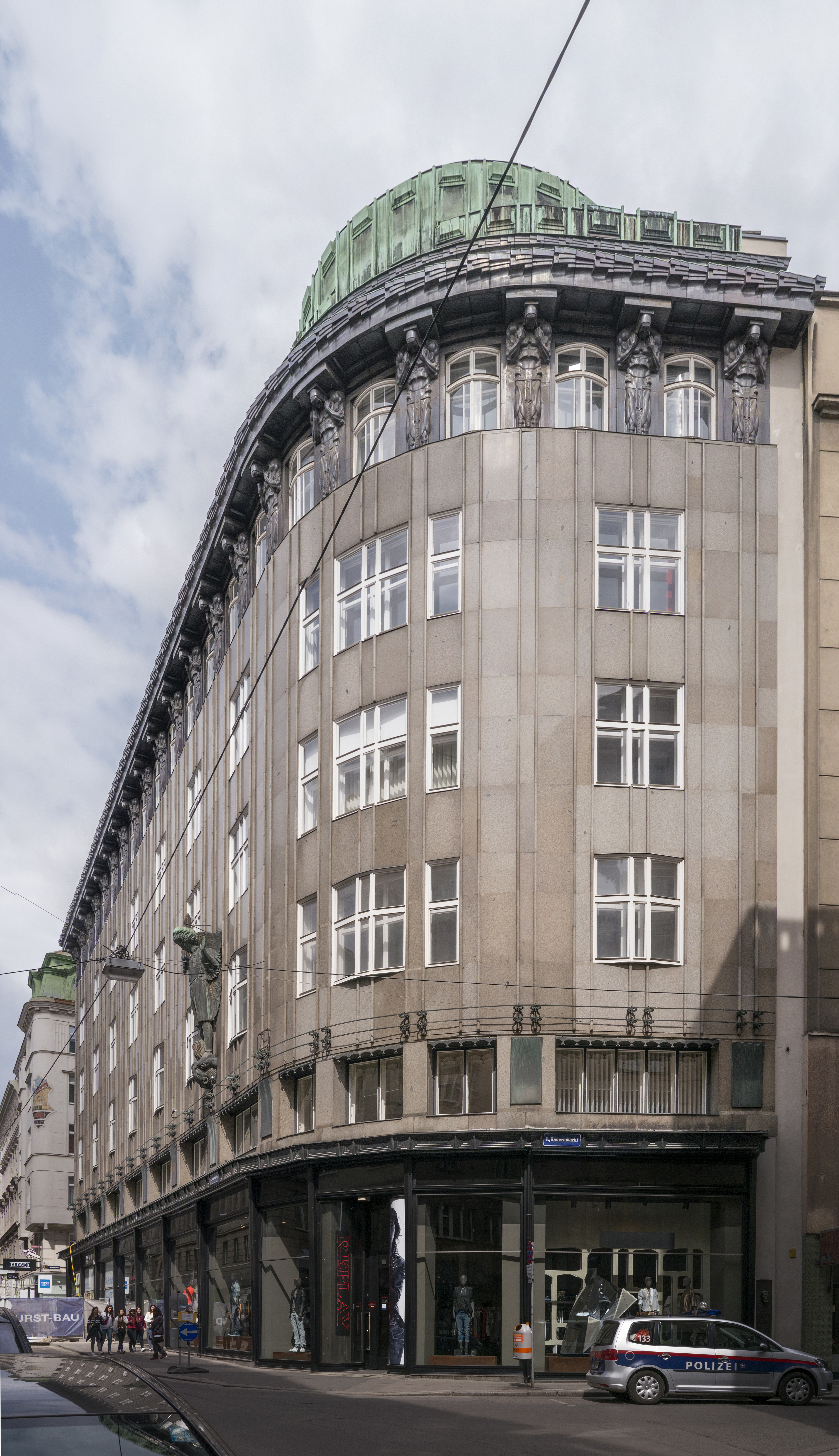
2.2. Prague Period
In 1911, Plečnik relocated to Prague, where he began teaching at the College of Arts and Crafts. His tenure in Prague was marked by a monumental commission when, in 1920, Tomáš Masaryk, the first president of the newly established Czechoslovak Republic, appointed him chief architect for the extensive renovation of Prague Castle. From 1920 until 1934, Plečnik oversaw a wide array of projects at the castle, including the redesign of gardens and courtyards, the creation and installation of various monuments and sculptures, and the design of numerous new interior spaces. A notable achievement was the Plečnik Hall, completed in 1930, which features three levels of abstracted Doric colonnades. His final significant work in Prague was the Church of the Most Sacred Heart of Our Lord, a Roman Catholic church designed between 1929 and 1932.
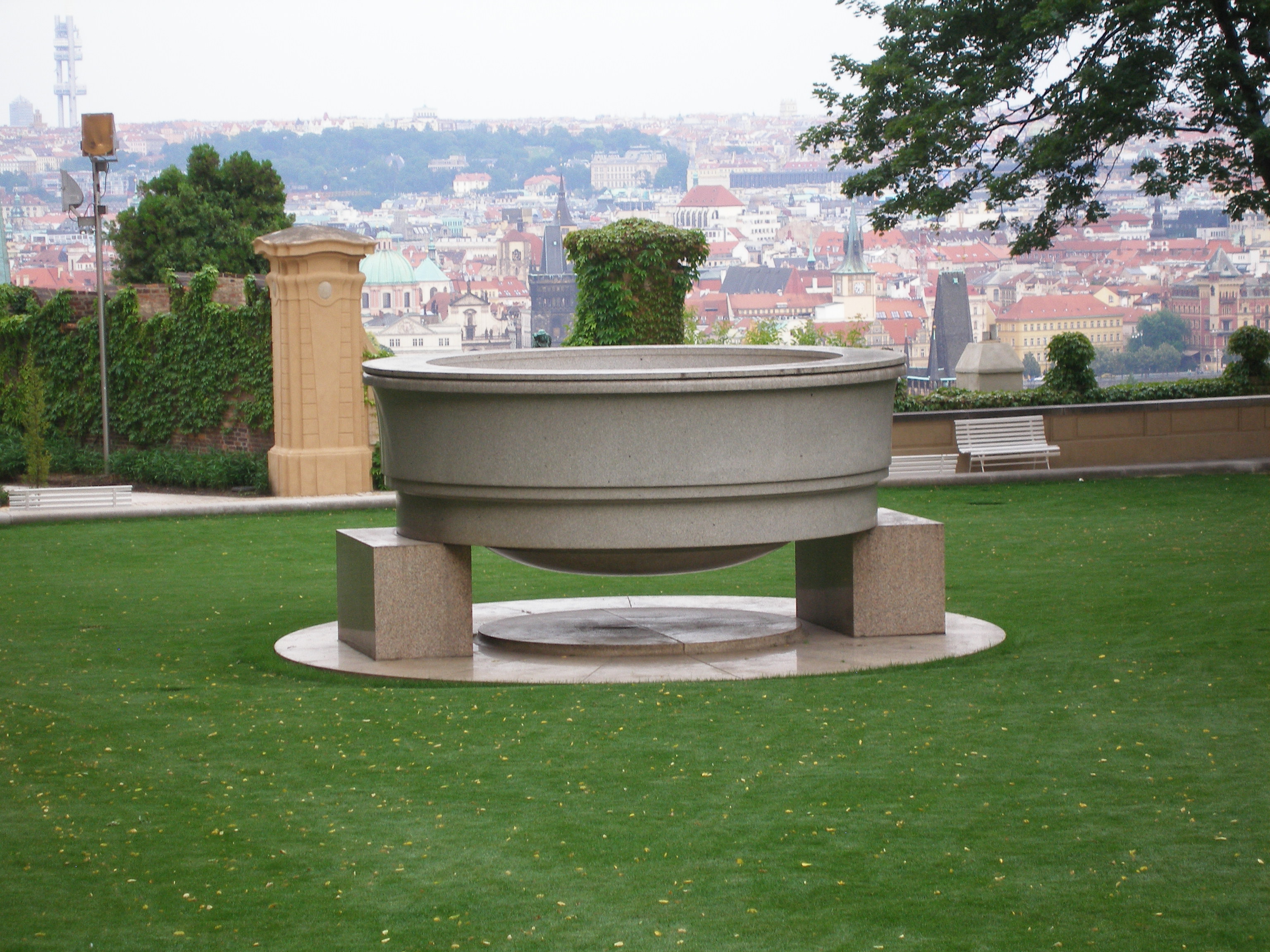
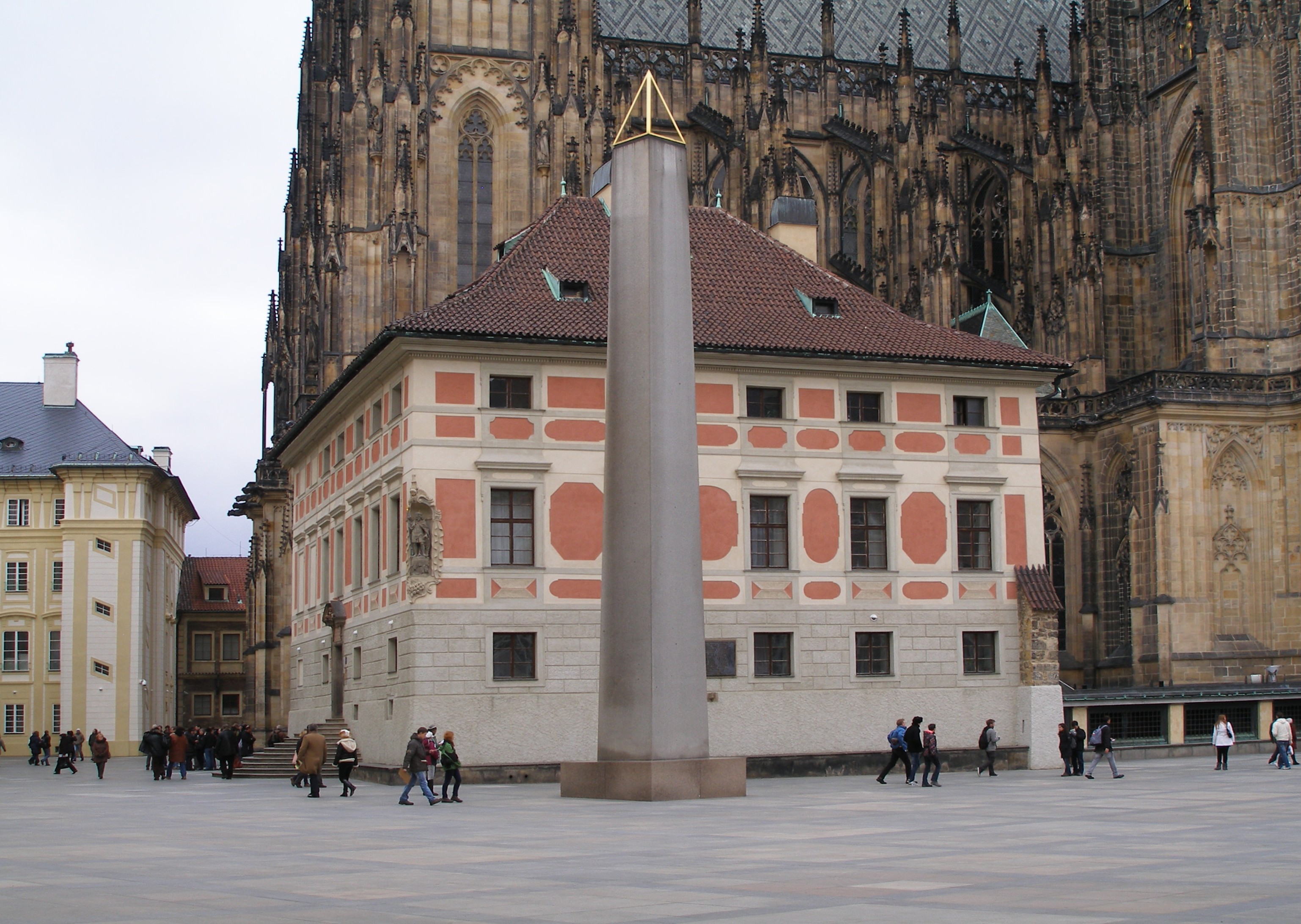
2.3. Ljubljana and Slovenia Period
In 1921, Plečnik returned to his hometown of Ljubljana after being invited by fellow Slovenian architect Ivan Vurnik to become a founding faculty member of the newly established Ljubljana School of Architecture at the University of Ljubljana. He remained in Ljubljana until his death, and it is here that his architectural influence is most profoundly visible. Plečnik is credited with shaping Ljubljana's modern identity through his iconic designs and transformative approach to city planning. His urban planning philosophy diverged from purely practical problem-solving, instead focusing on enhancing the overall experience and civic harmony of the city.
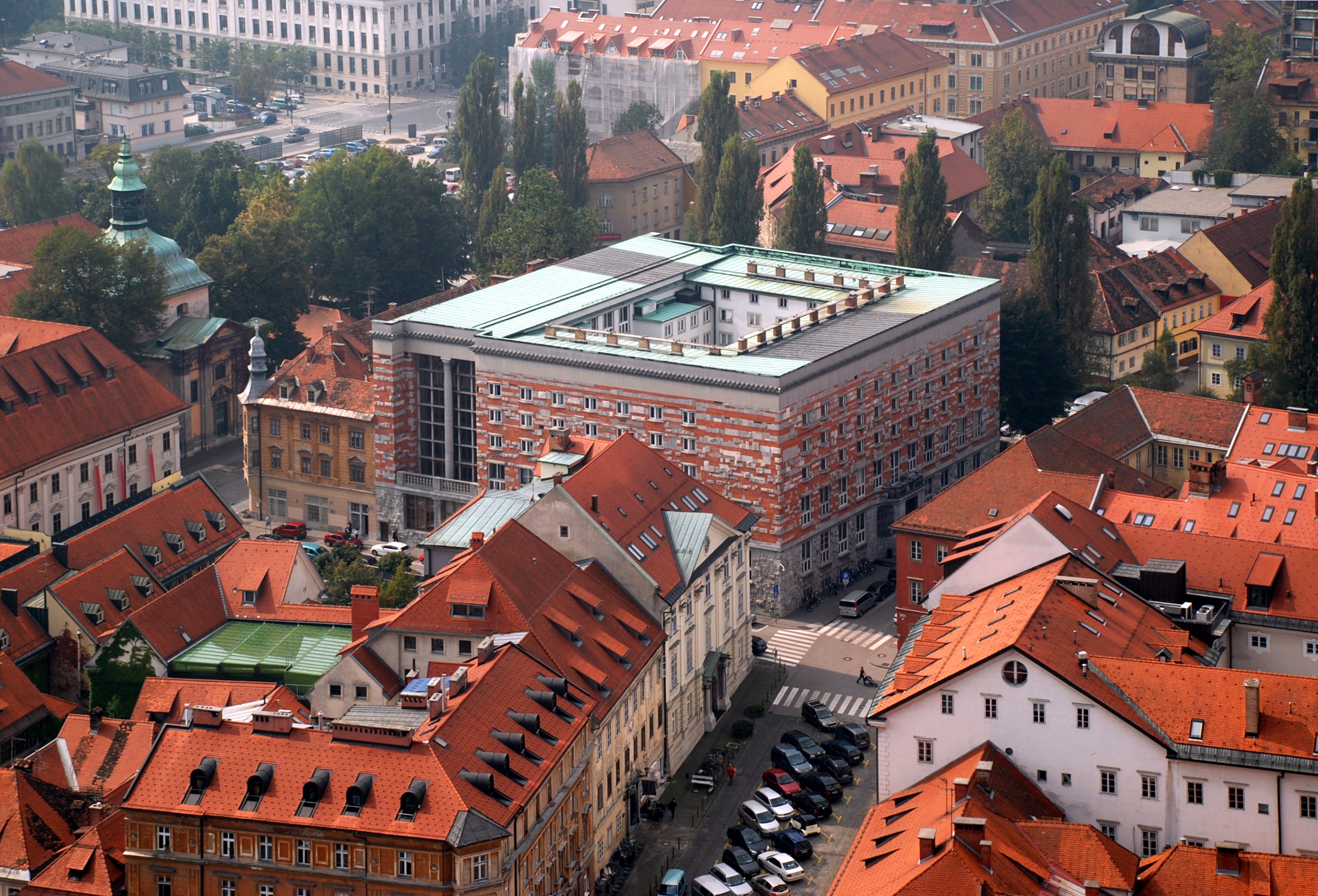
His extensive work in Ljubljana included significant restorations and improvements to historic buildings and sites, as well as the creation of new civic structures and public spaces. Notable designs include the National and University Library of Slovenia building and the Vzajemna Insurance Company Offices. He also undertook numerous civic improvements, such as renovating the city's bridges, including the iconic Triple Bridge, and the embankments along the Ljubljanica River. He designed the buildings for the Ljubljana Central Market, the Žale Cemetery, various parks, and plazas. His buildings were constructed by the builder Matko Curk.
Following World War II, Plečnik's teaching role at the university gradually diminished due to his advanced age. In 1947, he was invited by Ferdo Kozak, then president of the Slovenian People's Assembly, to design a new Parliament building. He proposed the ambitious Cathedral of Freedom, envisioned as a cylindrical two-story main building topped by a tall conical dome and surrounded by a massive square colonnade. This daring project, intended to be 394 ft (120 m) high and dubbed "The Slovenian Eiffel Tower," was ultimately shelved in 1948 due to the political instability surrounding the breakup between Yugoslavia and Cominform.
In 1952, Ljubljana city leaders commissioned Plečnik to remodel the Križanke monastery into a venue for the Ljubljana Festival, which became his last major project in the city. Other works completed during this period included the renovation of the Prešeren Theater, the Plečnik Arcades, a stairway, and a fountain in nearby Kranj. For his life's work, Plečnik was twice awarded the prestigious Prešeren Award, in 1949 and 1952.
3. Architectural Style and Philosophy
Jože Plečnik's architectural style is distinctive for its unique synthesis of diverse historical influences with modernist sensibilities. While often associated with the Vienna Secession style, a form of Art Nouveau, his work also drew heavily from the Baroque tradition prevalent in Slovenia, as well as Byzantine architecture and early 18th-century Viennese architectural forms. A key aspect of his philosophy was his reluctance to entirely reject historic forms and ideas, distinguishing him from many of his modernist contemporaries. Plečnik believed in paying a "debt to history" in his designs, integrating classical elements and traditional motifs in innovative ways. His underlying design philosophy consistently prioritized the human experience and sought to foster civic harmony through the creation of aesthetically pleasing and functional public spaces.
4. Major Works
Jože Plečnik's prolific career resulted in a diverse and influential body of work across Vienna, Prague, and Ljubljana, each project reflecting his unique architectural vision and commitment to shaping urban environments.
4.1. Ljubljana
In Ljubljana, Plečnik's designs are central to the city's modern identity and public life. His most celebrated works include the National and University Library of Slovenia (completed 1941), a monumental building that serves as a cultural and intellectual cornerstone. He significantly transformed the city's infrastructure and public spaces, notably with the extension of the Triple Bridge (1931), which became an iconic symbol of Ljubljana. His vision also encompassed the Ljubljana Central Market (1942), a vibrant public space, and the serene Žale Cemetery, designed as a complex of chapels and gateways. Additionally, he redesigned the embankments along the Ljubljanica River, enhancing the city's riverside experience. Other key projects include the Vzajemna Insurance Company Offices and the remodeling of the Križanke monastery into a venue for the Ljubljana Festival. He also contributed to the renovation of the Prešeren Theater and designed the Plečnik Arcades, a stairway, and a fountain in nearby Kranj.
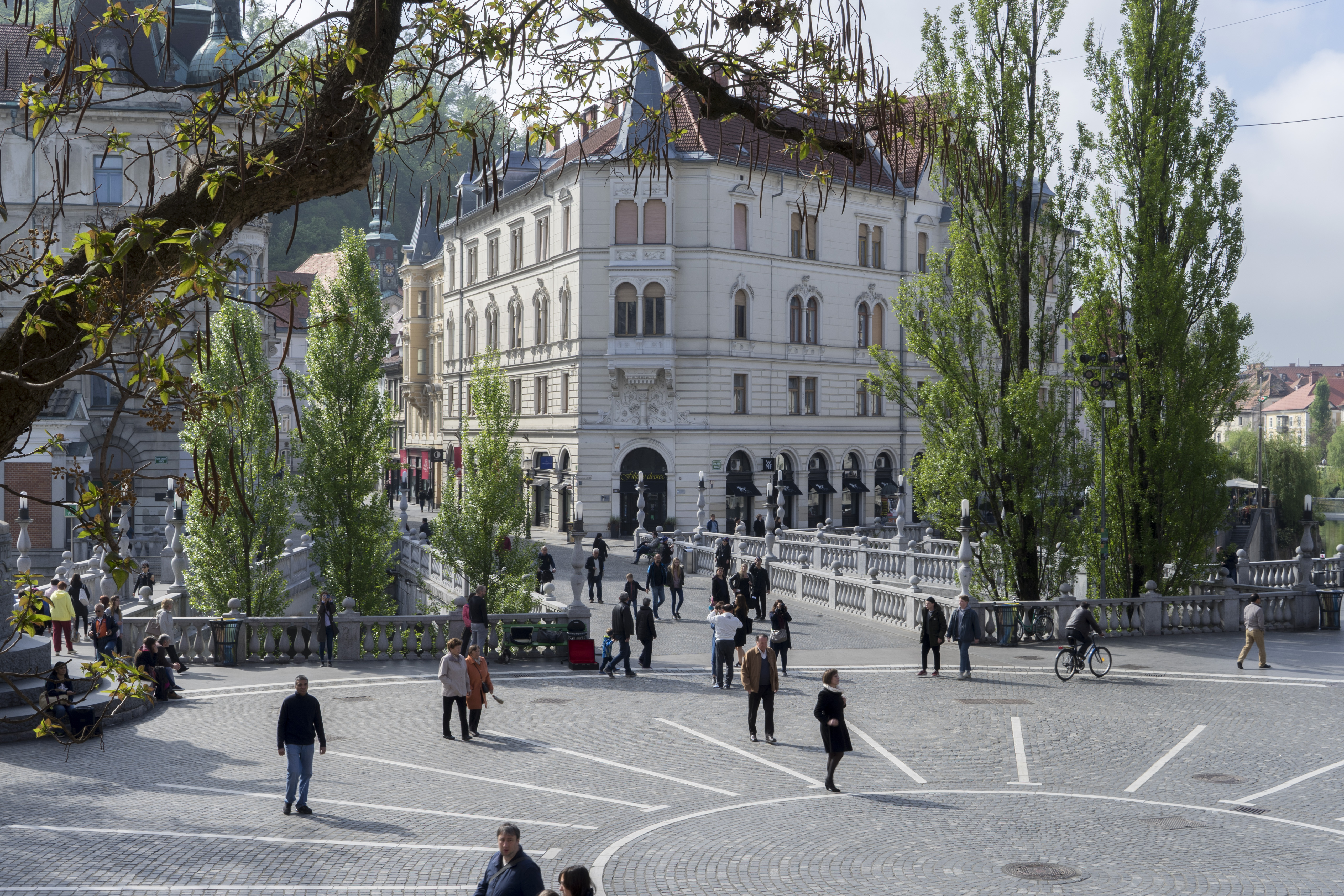
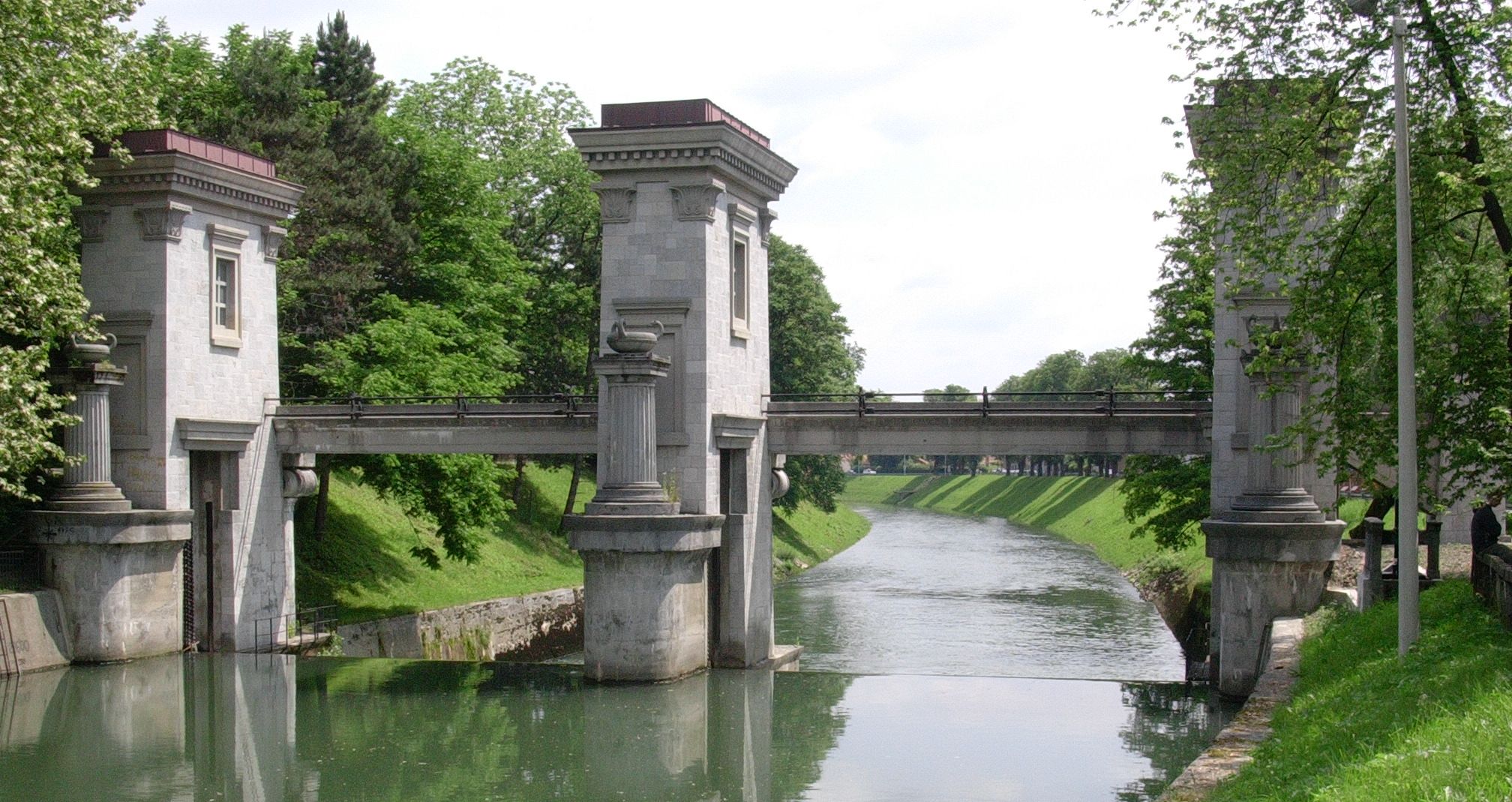
4.2. Vienna
During his early career in Vienna, Plečnik demonstrated his innovative spirit. Key commissions from this period include the Langer House (1900) and the Zacherlhaus (1903-1905). The Zacherlhaus, in particular, stood out for its pioneering use of reinforced concrete columns. His design for the Church of the Holy Spirit (1910-1913) further showcased his experimental approach to materials and form, utilizing poured-in-place concrete and abstracted classical elements.
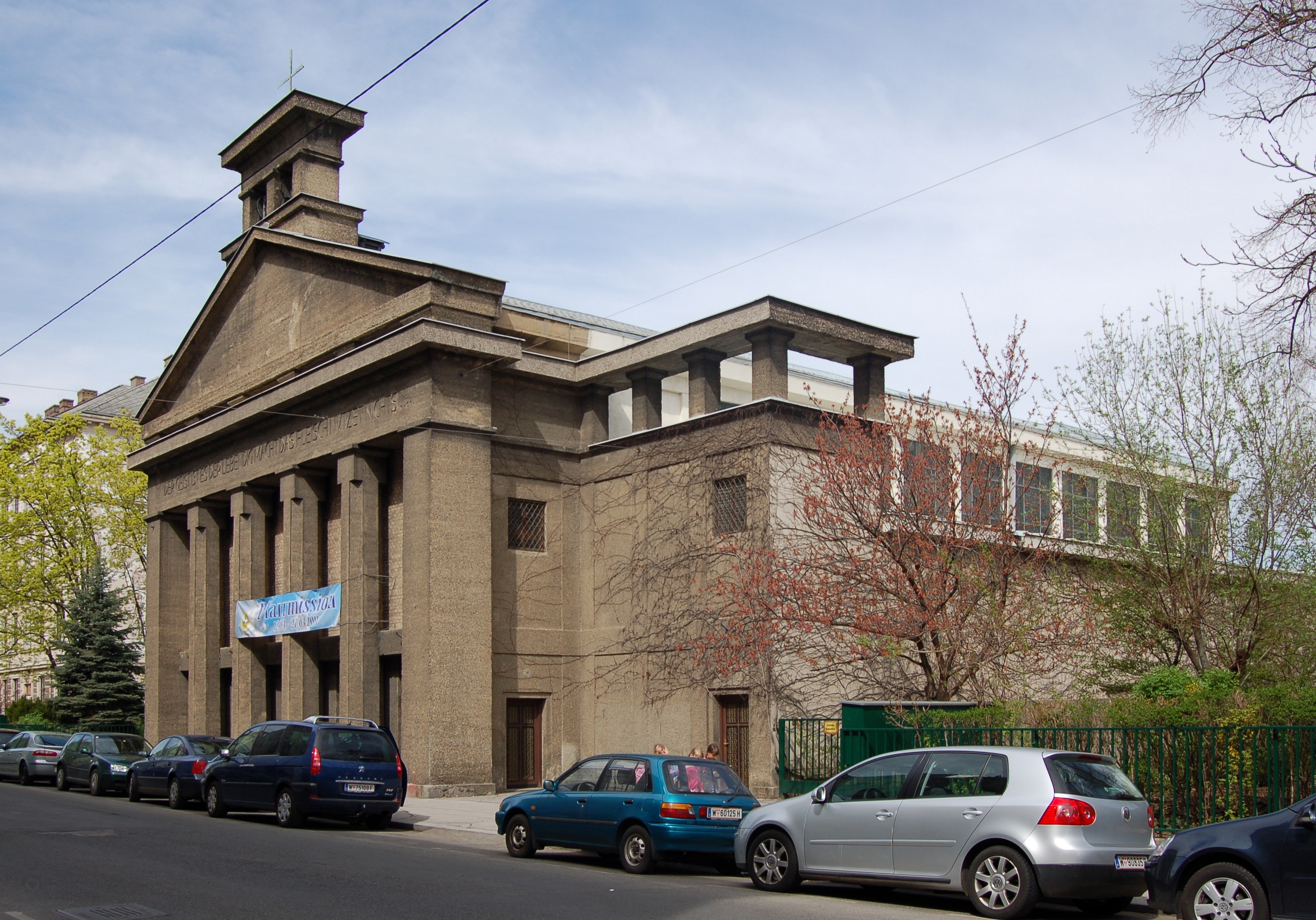
4.3. Prague
In Prague, Plečnik undertook monumental projects that redefined significant civic and religious spaces. His extensive work at Prague Castle from 1920 to 1934 involved comprehensive renovations of gardens and courtyards, the design and installation of numerous monuments and sculptures, and the creation of new interior spaces, such as the distinctive Plečnik Hall (completed 1930). Another major commission was the Church of the Most Sacred Heart of Our Lord (1929-1932), a prominent Roman Catholic church that stands as a testament to his unique architectural vision in the city.
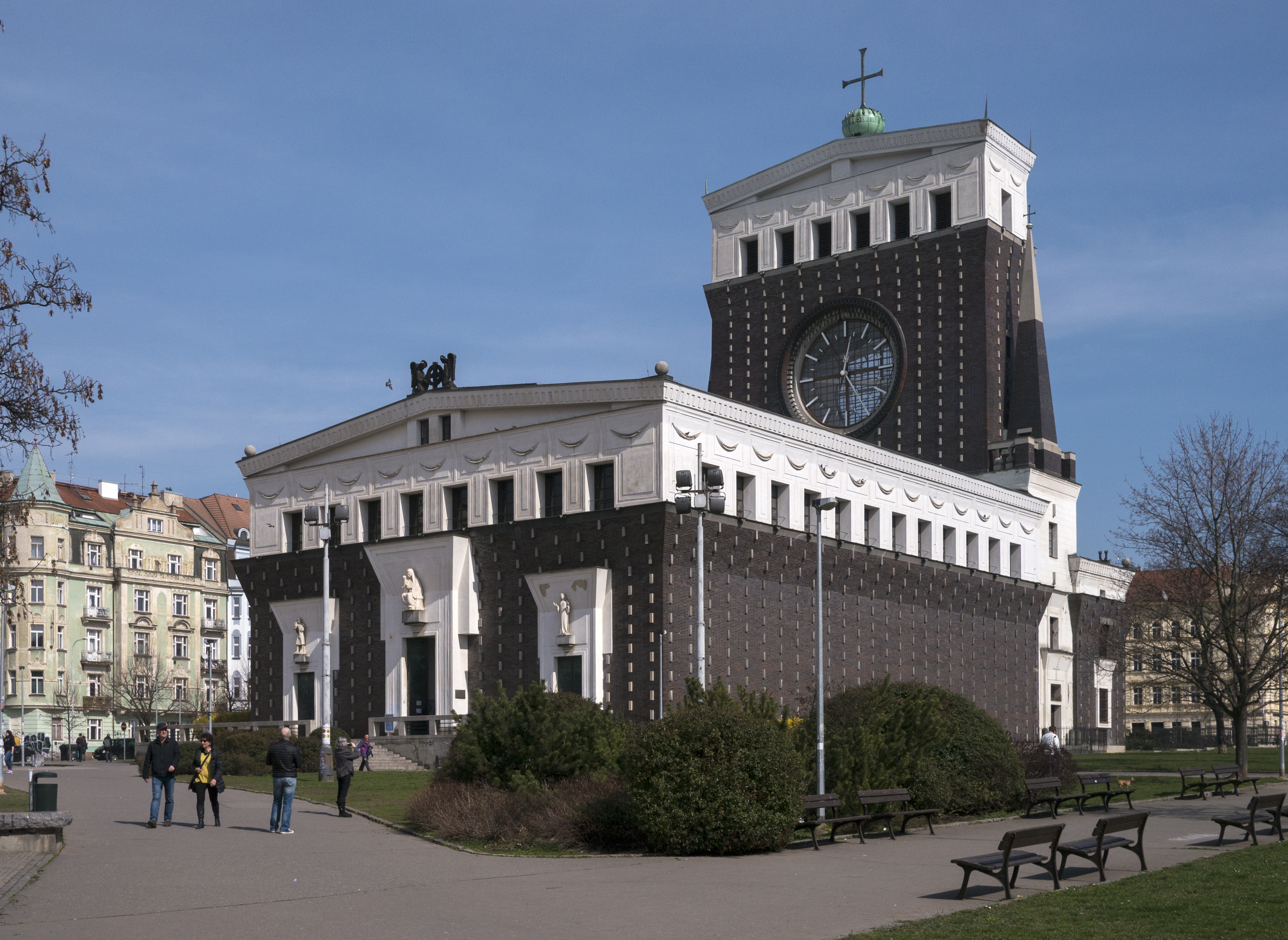
4.4. Other Works
Plečnik's architectural endeavors extended beyond his primary urban centers, encompassing various projects in other locations. Notable among these is the Church of St. Anthony of Padua in Belgrade, completed in 1932. He also undertook church reconstructions, including the Church of Mary of Lourdes in Zagreb (1934) and the Church of St. Michael (1939). Other works from this period include the Jožamurka pavillon (1939). Following World War II, he designed the Pavilion on the Brionian Islands, which served as Tito's summer state residence. Additionally, Plečnik created numerous monuments commemorating the National Liberation War in various locations such as Ljubljana-Trnovo, Vipava, Radeče, Črna na Koroškem, Dolenja vas, Sevnica, Laško, Split, and Kraljevo.
5. Personal Life
Jože Plečnik's personal life was deeply intertwined with his professional dedication. His commitment to architecture was so profound that when a woman friend proposed marriage, he famously stated, "I am already married to my architecture," encapsulating his singular devotion to his craft.
6. Death
Jože Plečnik passed away on January 7, 1957. His death was met with widespread recognition of his immense contributions, and he was accorded an official state funeral at Žale Cemetery in Ljubljana. The ceremony was attended by numerous prominent political, cultural, and church leaders, reflecting the high esteem in which he was held.
7. Legacy and Evaluation
Jože Plečnik's legacy extends far beyond his individual buildings, encompassing his profound influence on urban development, cultural identity, and the very concept of public space. His work, initially overlooked by some modernist critics, has since gained widespread recognition for its unique blend of tradition and innovation, and its enduring positive impact on civic life.
7.1. Posthumous Recognition
After a period of being sidestepped in the 1960s and 1970s, interest in Jože Plečnik's work was significantly revived in the 1980s, particularly with the rise of postmodern architecture. His legacy has since been commemorated in numerous ways. In the 1990s, his image was featured on the Slovenian 500 SIT banknote, with the National and University Library of Slovenia depicted on the reverse. Furthermore, his ambitious Cathedral of Freedom project is featured on the Slovenian 10 cent euro coin.
His influence has also extended into popular culture, with the 1987 album Slovenska Akropola by the Slovenian industrial music group Laibach bearing a title that references his work. In August 2008, a maquette of the Parliament building was a central feature of the "Project Plečnik" exhibition, held at the Council of the European Union building in Brussels, Belgium, during the Slovenian EU Presidency. The exhibition's curator, Boris Podrecca, lauded the Parliament design as "the most charismatic object" of Plečnik's entire body of work. On January 23, 2012, to mark the 140th anniversary of his birth, a depiction of the Triple Bridge was featured as the official Google logo (Doodle) in Slovenia.
Today, Plečnik's former home in Ljubljana operates as a museum dedicated to his life and work, the Plečnik House. Numerous busts and sculptures of him are situated throughout Ljubljana, serving as constant reminders of his contributions. In 2021, a selection of his works in Ljubljana and Črna Vas received international recognition by being inscribed on the World Heritage Sites list under the designation "The works of Jože Plečnik in Ljubljana - Human Centred Urban Design". As of 2024, the bibliography of works by and about Jože Plečnik in COBISS, the Slovenian Co-operative Online Bibliographic System, included 235 entries, underscoring the ongoing academic interest in his oeuvre.
7.2. Critical and Social Assessment
Jože Plečnik's architectural and urban planning contributions are widely assessed as having a profoundly positive societal impact. His designs consistently demonstrated a commitment to enhancing public spaces and fostering a sense of civic harmony. Rather than merely constructing buildings, Plečnik meticulously shaped urban environments to serve the needs and aspirations of the populace, making public areas more accessible, functional, and aesthetically enriching. His work in Ljubljana, in particular, is celebrated for its role in defining the city's modern character while respecting its historical layers, thereby contributing to the democratic development of urban life by creating spaces that encouraged community interaction and cultural expression. He is seen as an architect who built for the people, ensuring that his grand visions translated into tangible improvements in the daily lives of citizens and reinforced a collective cultural identity.
8. Influence
Jože Plečnik's distinctive architectural vision and innovative urban planning strategies have left a lasting impact on subsequent generations of architects and urban designers, as well as on the broader cultural landscape, particularly in Central Europe.
8.1. Influence on Later Architects
Plečnik's unique synthesis of historical forms with modernist elements, coupled with his deep philosophical approach to design, has had a notable influence on later architects. His work, especially his innovative use of materials like reinforced concrete and his abstract classical language, inspired various movements, including elements of Czech Cubism. As a founding faculty member of the Ljubljana School of Architecture, he directly shaped the education and perspectives of countless students, thereby propagating his distinctive methods and philosophy to future generations of designers.
8.2. Contribution to Specific Fields
Beyond conventional architecture, Plečnik made significant contributions to the fields of urban planning and public space design. His transformative work in Ljubljana, where he meticulously integrated new structures with existing historical fabric and redesigned public areas like riverbanks, markets, and bridges, exemplifies a human-centered approach to urbanism. He effectively demonstrated how architectural interventions could enhance the quality of civic life and reinforce local cultural heritage. His inscription as a World Heritage Site for "Human Centred Urban Design" specifically highlights his unique contribution to creating urban environments that prioritized the well-being and experience of their inhabitants, making him a pioneer in the holistic design of public spaces.
9. Commemoration and Remembrance
Jože Plečnik's life and work are widely commemorated and remembered through various cultural institutions and public tributes. His former residence in Ljubljana, the Plečnik House, has been preserved as a museum, offering insights into his creative process and personal life. Throughout Ljubljana, numerous busts and sculptures serve as public monuments, honoring his enduring legacy. The inscription of his selected works in Ljubljana and Črna Vas on the World Heritage Site list further solidifies his place in global architectural history. Additionally, his designs and image have been featured on national currency and celebrated through special cultural events and exhibitions, ensuring his continued remembrance and appreciation.